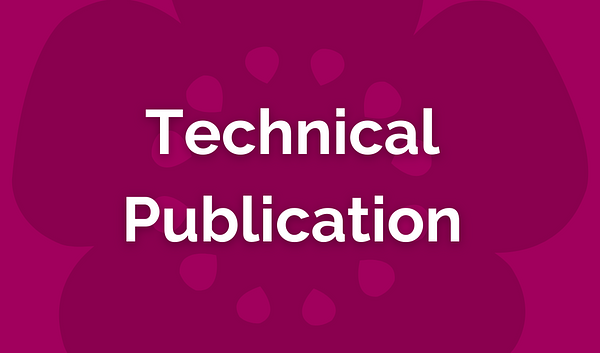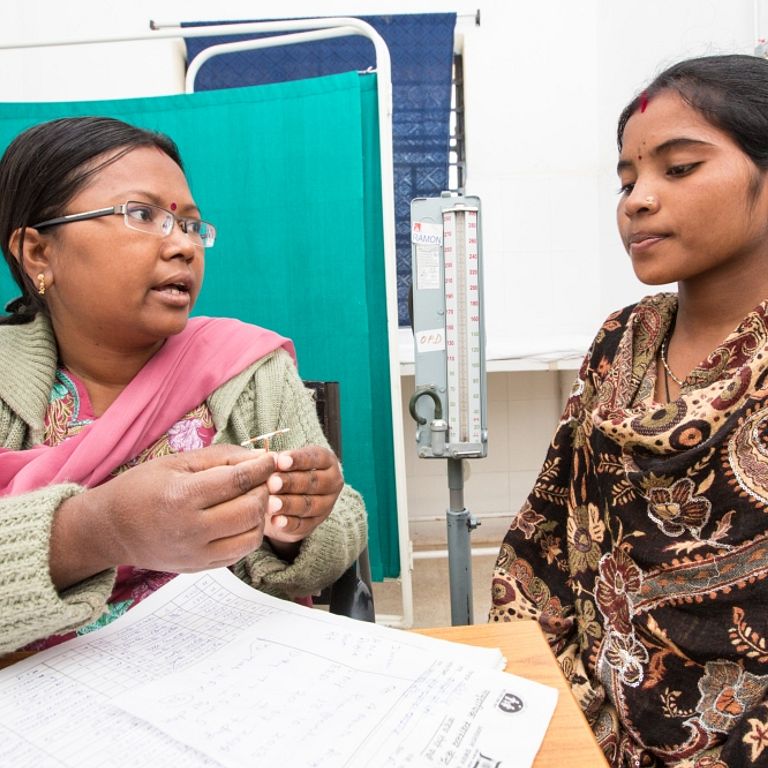USAID Boresha Afya—North-Central Zone

FP2020 found that the modern contraceptive prevalence rate in Tanzania is 31.7%. With 1.7 million people in Tanzania living with HIV, the country has made significant gains in access to medication for people living with HIV, and 84% of adults and 54% of children living with HIV are on antiretroviral treatment, according to UNAIDS.
This program worked to improve enabling environments where health services are provided and increase and improve the availability of health services at facilities and in communities. USAID Boresha Afya—North-Central Zone supported prevention, care, and treatment for HIV and AIDS in five regions of Tanzania (Arusha, Dodoma, Kilimanjaro, Manyara, and Singida) as well as family planning (FP) and tuberculosis services in six regions (Arusha, Dodoma, Kilimanjaro, Manyara, Singida, and Tabora).
EngenderHealth brought technical expertise in FP and gender-related interventions to this program. We integrated gender into all aspects of programming to ensure equitable access to health services for women and girls, which included strengthening links to gender-based violence services at health facilities and within the justice system.

EngenderHealth also led the integration of FP into HIV, tuberculosis, and other health services and supported the government of Tanzania to expand the provision of FP services. To strengthen the enabling environment for health services, the program provided technical assistance to the government to develop, communicate, and implement national plans and improve policies, guidelines, and protocols at facilities. To expand and improve the availability of high-quality, integrated health services at facilities, the program increased accountability and responsiveness in service delivery and strengthened client-provider interactions to promote respectful and informed care. The program also worked to improve access to health services in communities by strengthening connections between households and facilities and promoting health activities led by community health workers and offered through community outreach initiatives. In addition, program integrated adolescent SRH services into all HIV clubs to improve access to antiretroviral refills, viral load monitoring, and health education and services.







